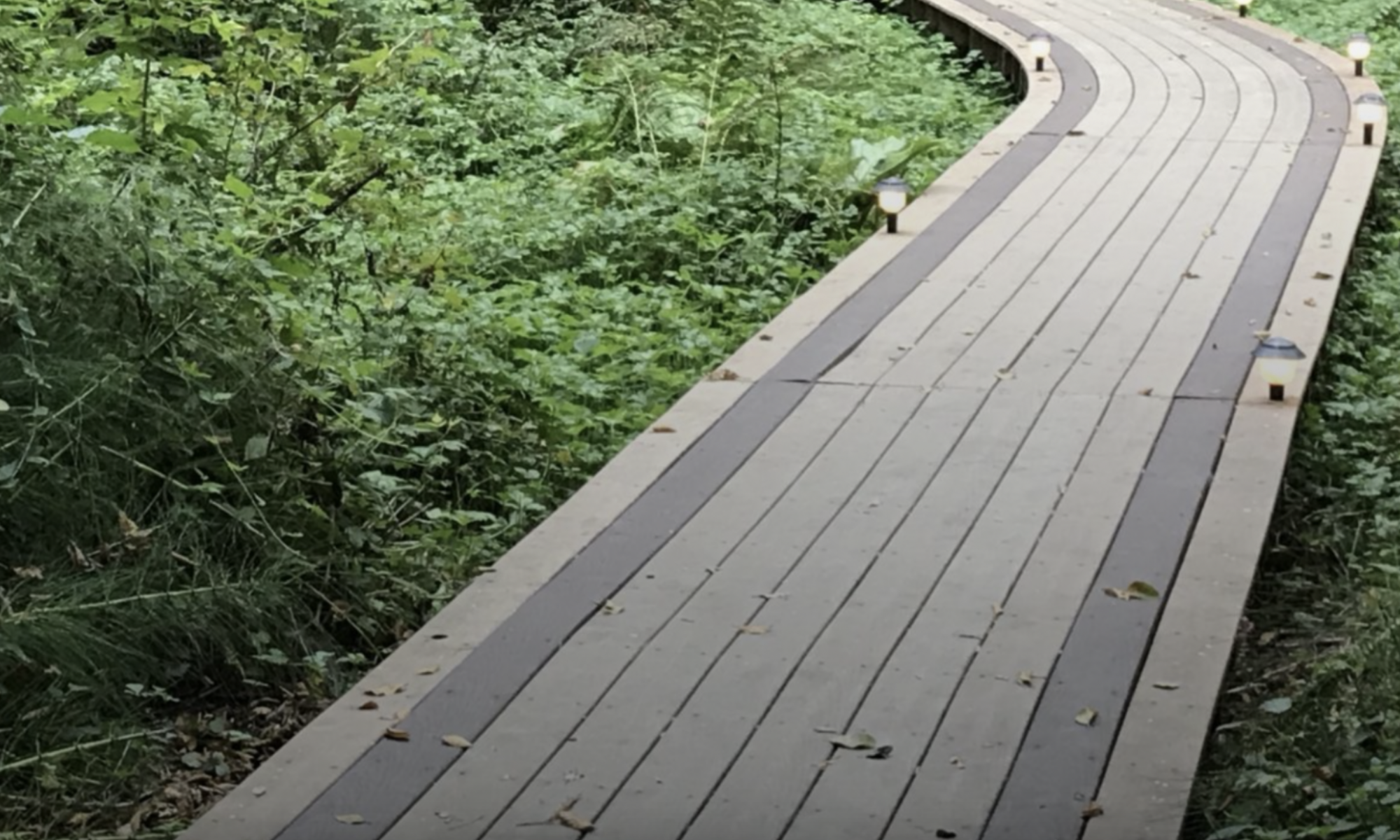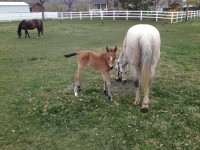“A vocation is not an ego thing; it is the opposite of an ego thing.
It is a call from history, the ancestors,
and those not yet born,
to be thoughtful, just, caring, courageous,
imaginative, creative — that is, alive.”
I appreciate these words from Matthew Fox in his essay, Leadership as Spiritual Practice. I haven’t met Matthew Fox. Yet, many people have pointed me to his writings and work. Leadership as Spiritual Practice is a theme that has centered my soul and carried expressions of my work through the last twenty plus years. And, it will likely continue to be so for the next twenty. My particular focus has been “participative leadership” as spiritual practice. Bringing people into shared contexts to animate and activate the energy and insight of the whole group.
Last night I shared some of this article with my daughter, a sophomore in college. She is finding her way into her major classes. Like most her age, she has dreams for the future. Some doubts too. How can one not in this era. She has many criteria for this stage of choosing vocation, including, “what would lead to a good job?.”
I feel for the people that are fixated on utilitarian aspects of jobs. Fitting in. Securing income. Securing security. Is that even possible anymore? All of this was very strong in me at that age. It still is. Some dispositions don’t go away.
Yet, what has become stronger in me with age, is the spirit of “calling” to what you want to offer to community and society. It is less about what the world will provide for you. It is less about what you feel entitled to. It is more about offering the gift of who you are. As Matthew Fox says, on behalf of ancestors and those not yet born.
That changes it, doesn’t it.
I dream of a world in which our primary medium for organizing human endeavor is to welcome gifts. To discern gifts together. To welcome surprise. To welcome even the wobbly paths that refine vocation and its new expressions, rather than chain one to a bad choice.
Crazy? I hope not. Spiritually grounded practice? I hope so. For my daughter’s sake. For all of us.

